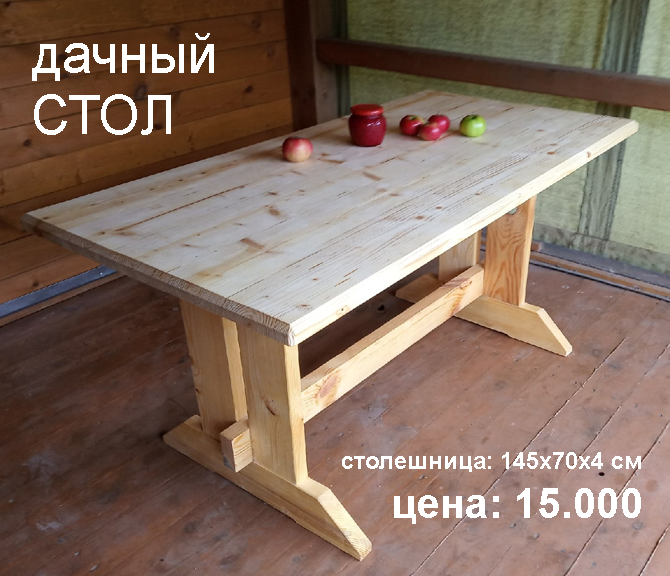
Jazz swing
- Подробности
- Категория: Jazz
Swing jazz rhythm in improvisation
Swing is very important in improvisation. This word means stressing the upbeat.
If you also give a "sliding" or "retardation" between notes, you can create the real swing jazz rhythm, which was born at the beginning of the XX century about. When you stress an upbeat you make perhaps a "swinging" rhythmics, (also being without a dragging or a sliding between notes), for modern rhythm too, (such as pop and rhythm and blues).
In order to learn how to swing, you simply have to learn how to reason in up beat and stressing with it constantly. In other words, swing means "stressing the upbeat" with an implied octaves triplets clef. It’s so a rhythm "sliding" effect created : the meaning of the American word "swing" is just similar to "sliding", "waving" or "rocking".
Learning swing very well and have the ability to improvise, stressing and giving the right accent of phrases needs much time to practice it. Above all, you must pay attention at the beginning to stress upbeat octave notes constantly and to stop when you realize you are making the contrary. While stressing notes on your instrument, I suggest to upbeat by your foot, so that you can emphasize this rhythmic accent better.
You have to get used to reason in upbeat, beginning all over again, as since we were children we have been starting clapping hands in downbeat. Swing-jazz rhythm can be so learned naturally after studying constantly in this direction.
You need some months to learn swing rhythm on your instrument.
polyrhythmic
Polyrhythmic means a superimposition and contrast between two different rhythmic patterns.
Polyrhythmic is a perfect instrument to obtain variety and rhythmic independence. It’s so: a pianist, playing two different rhythms between left and right hand (such as 2:3 or 4:3 and so on) can break each other hands that is he can obtain the ability of playing with two hands independently.
Moreover, every musician, when he improvises some quadruplets on a triplets rhythm, can make a polyrhythmic and so he learns to play in an independent way from rhythmics. I do not mean “missing the beat” when I say independent. On the contrary, I mean keeping time so well that is seems the musician is not following it. The word defining all this creation of polyrhythmic is “against time”, “playing against time”.
Main menu
Anthology
Sheet Music Archive
 lesson 1lesson 2lesson 3
lesson 1lesson 2lesson 3

